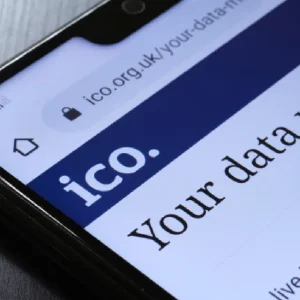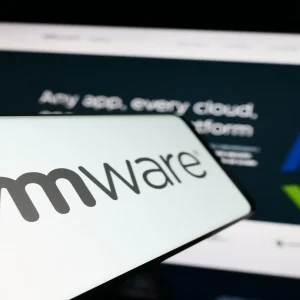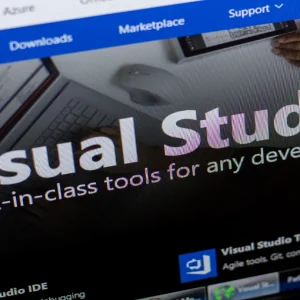
Gen Z will make up more than a quarter of the global workforce by 2025, according to the World Economic Forum. Born roughly between 1996 and 2010, Gen Z is the first digitally native generation, characterised by widespread access to the internet and digital technologies since they were born. They are extremely comfortable with digital communication, focused on mental health and work-life balance, and want flexibility in work locations.
Research by GlobalData suggests that the majority of Gen Zers prefer joining companies that are mission-driven while looking after the well-being of their employees, communities, and environment.
Attracting this new tech-savvy generation of workers means businesses must look closely at what they are offering. Do they use robotic process automation (RPA) for repetitive tasks? Is artificial intelligence (AI) being used to assist in writing and content creation? Does a business have positive mental health policies? Gen Zers see these processes as essential in today’s workplace. So, how can a business make theirs Gen Z-ready?
Why Gen Z is vital for the future of business
In a recent webinar, sponsored by Blue Prism Group Ltd, Edwin Klimkeit – enterprise executive director for Europe, Middle East and Africa at Blue Prism – and Melina Friedrich – leading designer in innovation and culture at Digital Impact Labs, Leipzig – discussed how adapting to Gen Z is crucial for businesses to remain competitive.
“To really work on innovative and enhance traditional approaches, I think this is key,” says Klimkeit. “You have to really work with bringing in new, fresh ideas and to be prepared for future needs. The younger generation can deliver that.”
Friedrich agrees, stating that diversity in project teams is essential to cover different perspectives.
“Every innovation or transformation team should be diverse in knowledge, gender, age and cultural background,” says Friedrich. “There’s a lot of generations coming together. For example, last year, we developed a new service following a creative design thinking process. More experienced team members shared their deep knowledge with the younger team members about this field, and they talked about experiences, which was extremely helpful to understand the customer problems. Then, the younger generation helped with the digital tools we were using. They also added new perspectives to the ideas from social media. In the end, we had a really creative new solution. And it was because it was a really different, diverse team.”
How do we attract more Gen Zers into the workplace?
While Gen Z is a critical demographic for businesses to understand and serve, representing the future workforce, they bring distinct needs and preferences that can significantly impact a company’s ability to attract, retain, and effectively manage talent.
For businesses to attract Gen Z employees, they must start by offering flexible, digitally enabled work environments, while also fostering diversity, inclusion, and collaboration. Offering remote work options, mobile-friendly platforms, and tech-savvy environments appeal to Gen Zers. Communicating mission values clearly is also important.
“This generation is really aware of their mental health,” says Friedrich. “Mental health days are important to them because they use a lot of digital tools, even in their daily life. Just some figures; (Gen Zers) unlock their smartphone 280 times a day and they read and write 400 messages a day. It’s a lot. This has an impact on our cyberpsychology. Further, the younger generation is used to making decisions very quickly and easily online, and that’s what they are expecting from a company as well.”
Gen Z also expects to use automation for repetitive processes. Processes such as robotic process automation (RPA) work by automating repetitive, rules-based tasks through both unattended and attended automation. This is where intelligent automation (IA) comes in, says Klimkeit.
“Intelligent automation refers to the use of two key technologies,” explains Klimkeit. “RPA and AI. This can help solve some challenges in terms of attracting talent into the market. Technology like RPA and AI can help to bridge the generational gap by automating routine tasks and enabling more strategic and creative works; giving workers the freedom to use their brains and to deliver better communication and collaboration for the digital performers.”
Blue Prism is a developer of RPA software delivering digital workforce solutions, such as Blue Prism Cloud. Blue Prism facilitates the execution of AI and cognitive technologies, which automate repetitive administrative tasks and serve global financial services, retail, energy, hospitality, and many other sectors.
Gen Z are transforming the workplace
Gen Z’s unique preferences and values – including a strong focus on work-life balance, social responsibility, and technological integration – are reshaping traditional workplace norms and expectations, and as they continue to gain prominence, businesses must adapt to these changes to attract and retain this influential generation.
By offering processes such as IA and enabling advanced capabilities such as natural language processing, computer vision, and predictive analytics, businesses can bridge the generation gap by automating routine tasks and freeing up employees to focus on strategic and creative work. This is ideal not only for Gen Zers, but also for an entire, more diverse workplace.
To learn how innovative technologies such as IA can help to attract and keep Gen Zers in the workplace, watch the full webinar here.







